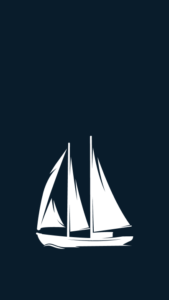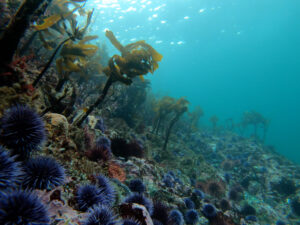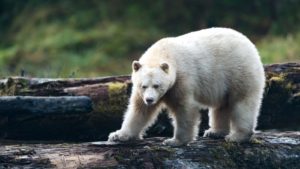Welcome to Cetacea Lab
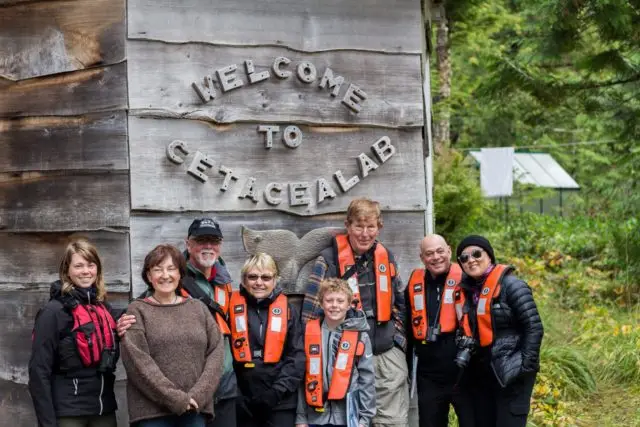
This past year, nearly all of our Great Bear Sea and Great Bear Rainforest expeditions included a stop at remote Whale Point on the southern end of Gil Island at the entrance to Douglas Channel.
It’s mostly wilderness in the area, but since 2001, it’s also been home to Cetacea Lab, the only marine research facility found on the North Coast of British Columbia.

With the permission of the Gitga’at First Nation village of Hartley Bay, Cetacea Lab was founded by biologists Janie Wray and Hermann Meuter in order to record and monitor the whales that frequent this area. They’ve done this by establishing a network of hydrophone stations in the surrounding waters and transmitting the sounds of the underwater world of whales right into their land-based lab.
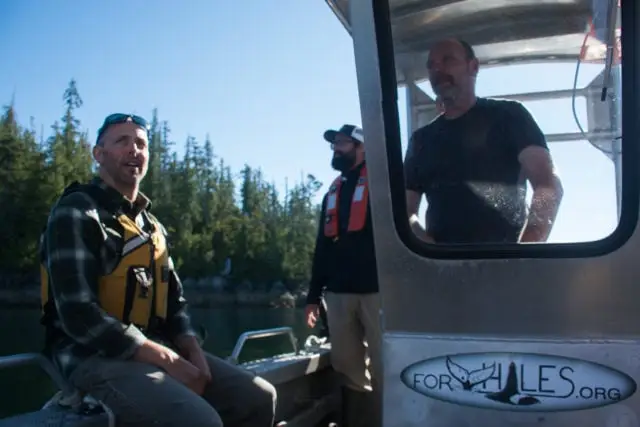
Though their primary focus is on orcas – documenting their movements and social bonds – and they’ve been able to build an acoustic library and photographic catalogue of every orca sighting from Caamaño Sound to Douglas Channel, they’ve also been keeping track of the humpback whales that have recently begun showing up on this part of the coast in ever-increasing numbers.
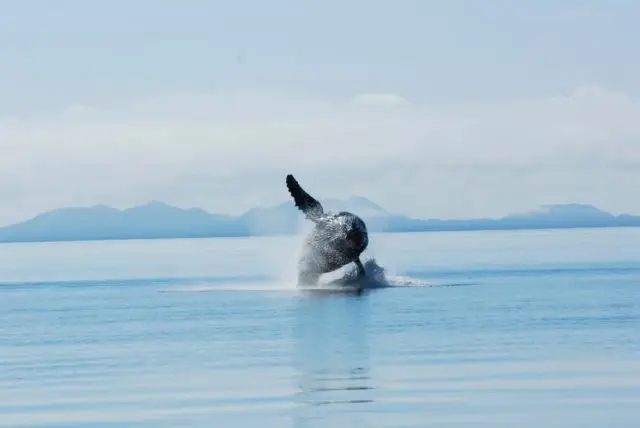
The unique data being gathered by Cetacea Lab is showing that this location should be designated as critical habitat for orcas, humpback whales, and more recently, fin whales.
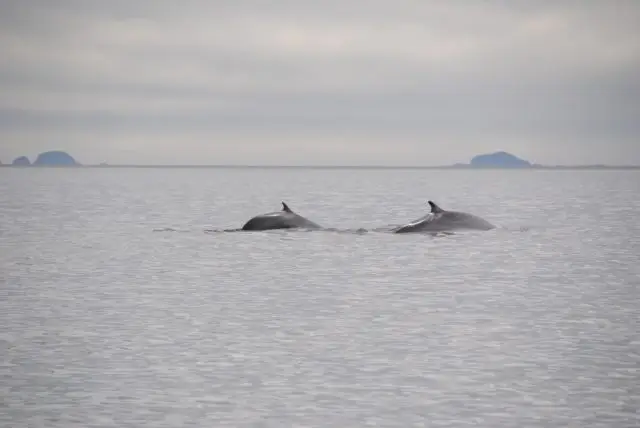
Passing Cloud’s visits to Whale Point and Cetacea Lab usually last a couple hours. During this time we get a tour of the lab, listen to some whale sounds and learn about all the data collection and other work that’s being done there by Janie, Hermann, and their cast of interns.
Listen to Resident orcas:
Listen to humpback bubble net feeding call:
For more information about Cetacea Lab and the important work they do, visit www.forwhales.org. And if you want to stay really current, be sure to “like” Whale Point’s own Facebook page.
